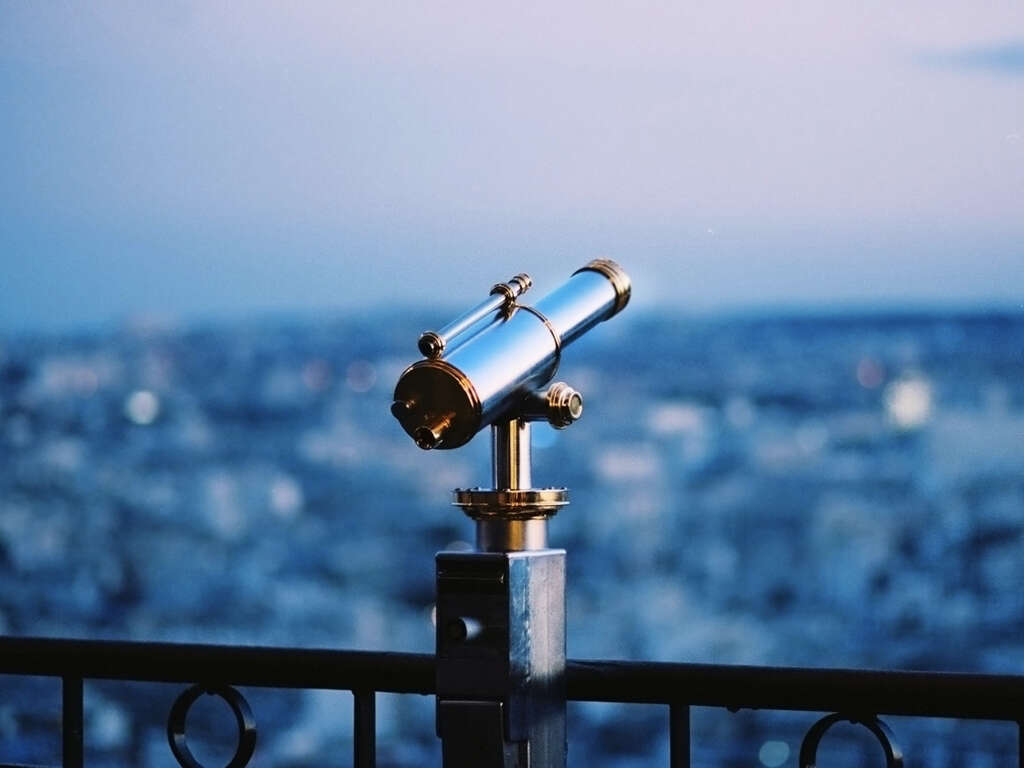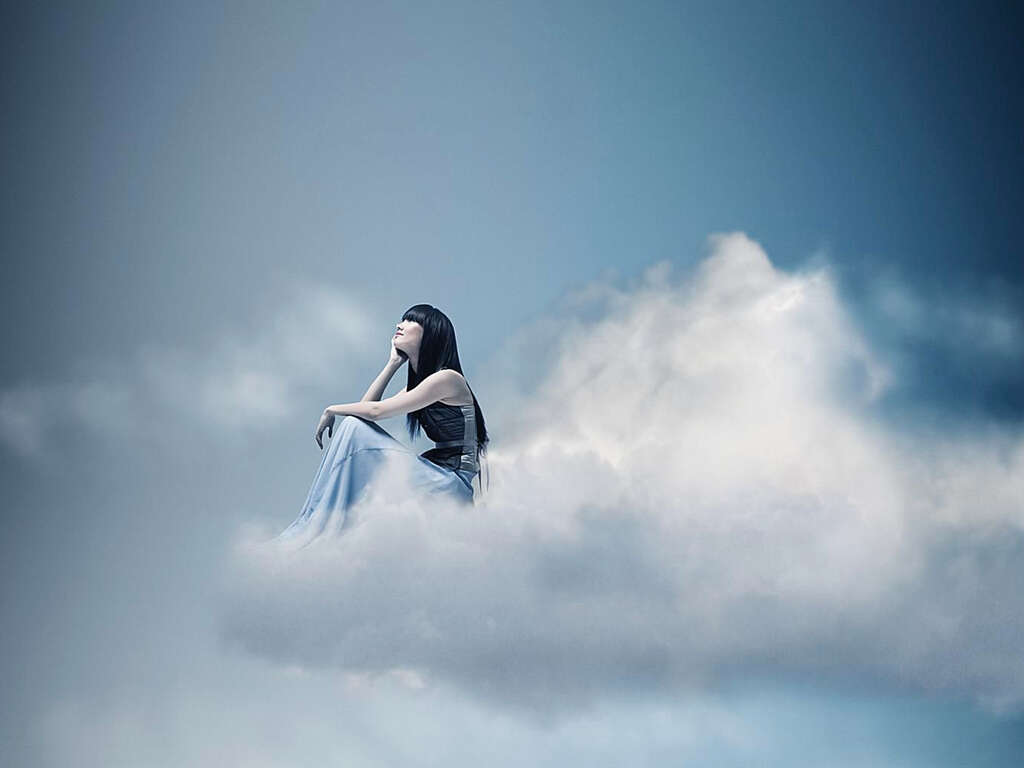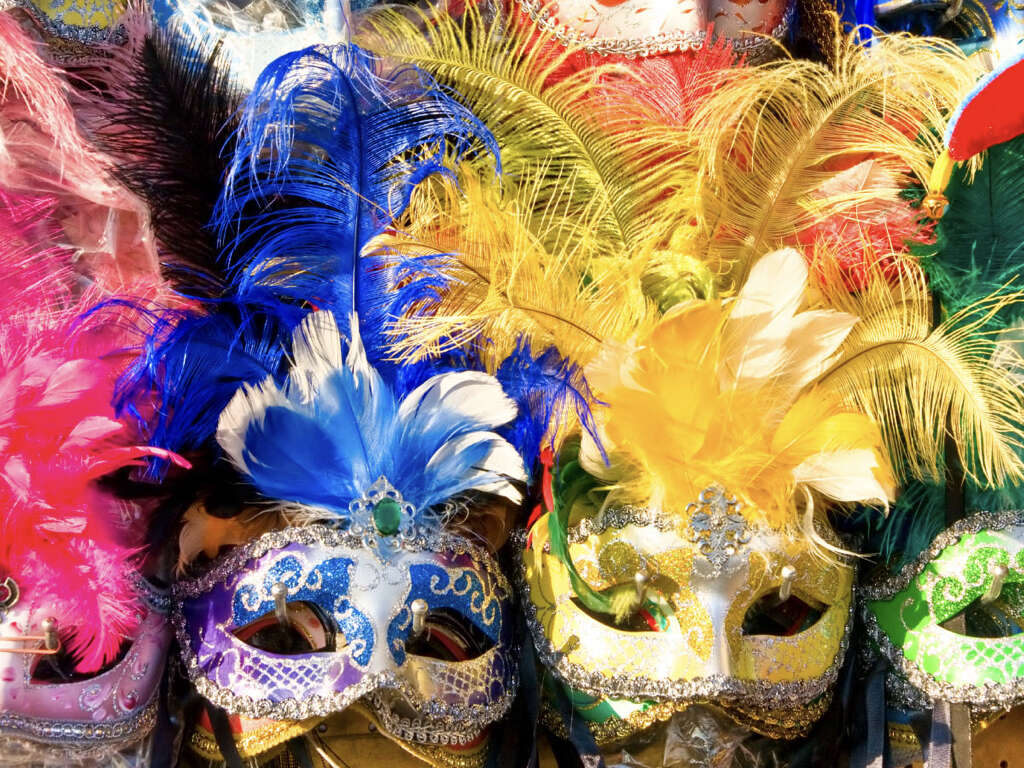What Is a Lunar Eclipse?
We’ve all witnessed the different phases of the moon. It is a common misconception these are caused by our planet casting a shadow on the moon from the sun’s light, but this is not correct. Instead, the different phases are caused by the sun’s position relative to the moon. If the sun is to one side, then that side will be illuminated, leaving the other in darkness.
Our planet does sometimes cast a shadow on the moon, however, and this is known as a lunar eclipse. Often, you will barely even notice it is happening. At other times, the results can be visually stunning. Here are some fascinating facts about lunar eclipses.
1. What Is a Lunar Eclipse?
Our moon is quite bright, at least when the weather conditions are right. This is because the surface of the moon is a reflective surface, causing light from the sun to bounce off the moon, much of which will reach us. The light from the sun is usually able to travel all the way to the moon without hindrance.
Sometimes, however, our own planet can get in the way, depending on how the three celestial bodies are lined up. This prevents some of the light from reaching the moon, creating a shadow of our own planet on our moon. This phenomenon is known as a lunar eclipse.
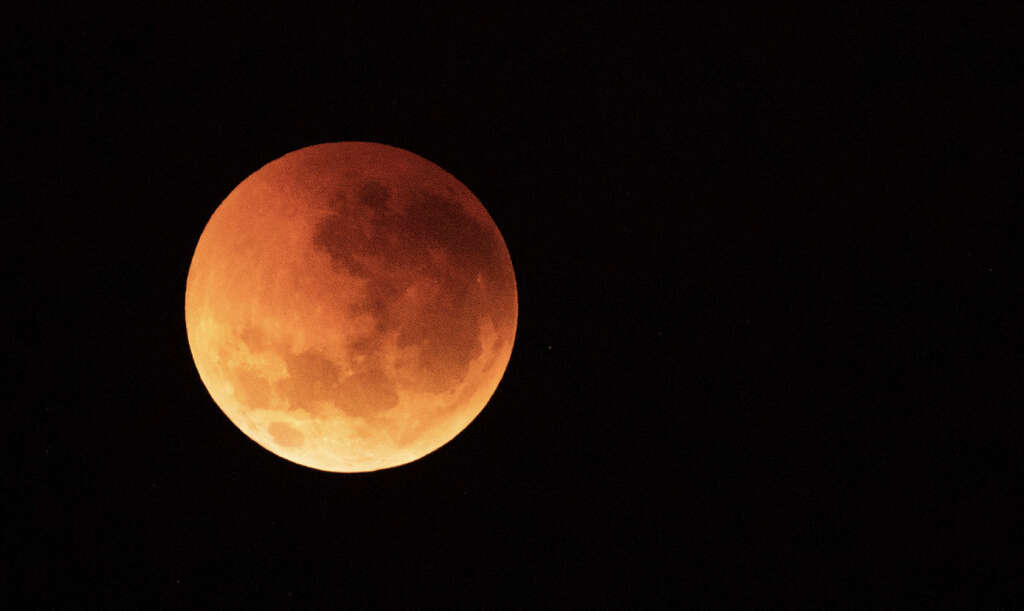
2. Solar Eclipse
A solar eclipse and a lunar eclipse are two very different things. As explained, a lunar eclipse is when the moon moves into position in the Earth’s shadow, blocking the light coming from the sun. A solar eclipse, however, is when the moon moves into position in front of the sun, blocking the sun’s light from reaching the Earth.
A total solar eclipse tends to be more dramatic than a lunar eclipse, because the world will fall into darkness even in areas where it is daytime. When viewing a solar eclipse, it is very important to remember not to look directly at the sun; doing so might cause permanent damage to your vision.
3. Full Moon
Full moons have long been thought of as something rather mystical by many people. They have been associated with werewolves, and the word lunatic derives from the word lunar, because it was thought long ago that a full moon would cause some people to lose their minds.
In reality, it is simply a matter of more of the sun’s light reflecting off the moon’s surface than usual. This occurs because of the way the Earth, Moon, and Sun are aligned with each other. It is because of this alignment that a lunar eclipse can only occur during a full moon.
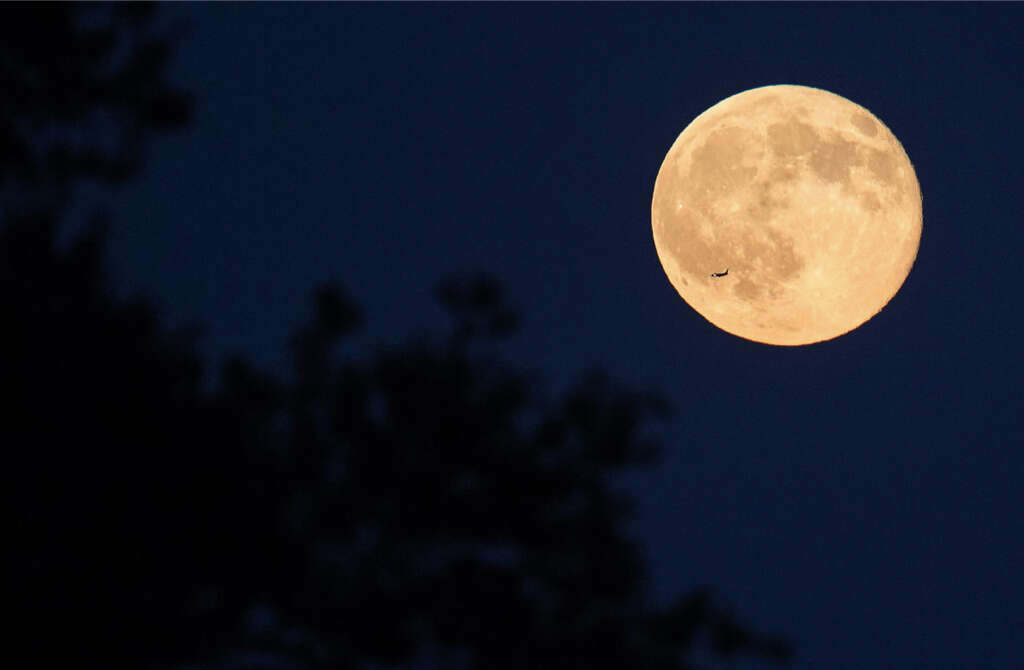
4. Penumbral Eclipse
Lunar eclipses come in different varieties, and the least likely that you will notice is the penumbral eclipse. A penumbral eclipse is when only a small amount of the sun’s light is blocked by our planet, only casting a slight shadow on the surface of the moon.
The penumbral is the part of a shadow where the light is only partially blocked. When the moon is in this part of the Earth’s shadow, the moon will appear to be less bright than it otherwise would because less light is being reflected. The difference is so slight that only those that know what to look for are likely to notice them.
5. Partial Eclipse
While you will barely notice a penumbral eclipse even when it is taking place, a partial eclipse is much more noticeable. They occur when enough of the sun’s light is blocked by our planet to cast a larger shadow on the moon. We will see this as though a chunk has been taken out of the moon to varying degrees.
While a partial eclipse is very noticeable, it is often mistaken for one of the phases of the moon by people that don’t know what to look for. For those that are interested, you can find out when the next partial eclipse will take place, and where it will be visible from.
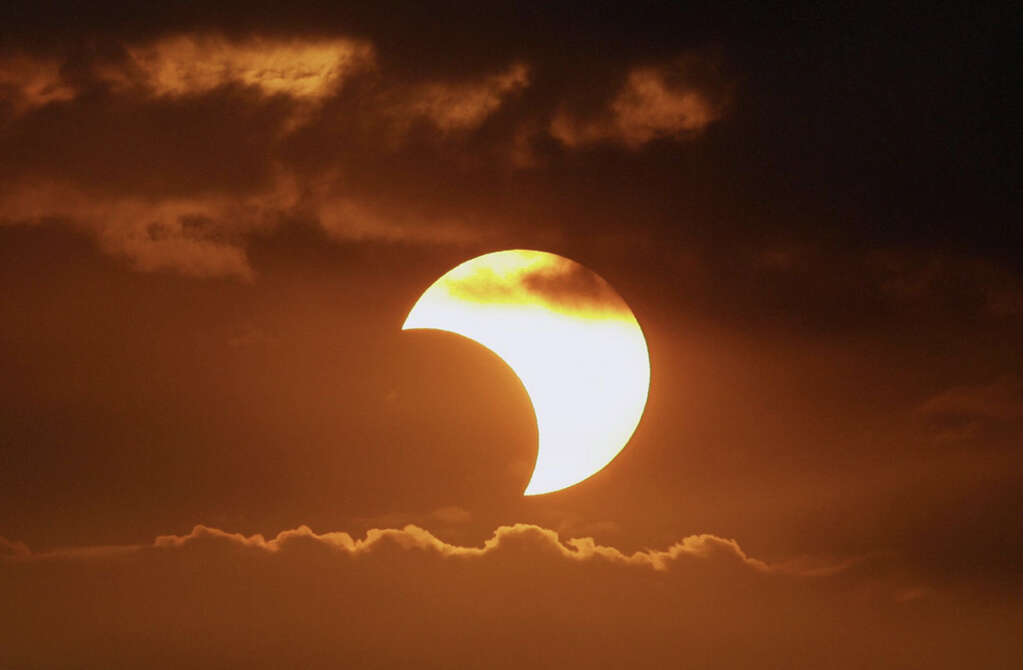
6. Total Eclipse
The umbra is the darkest part of the Earth’s shadow. Here, the light is blocked from all angles, as opposed to the penumbra, in which the sun’s rays are only blocked from one angle. For a total eclipse to happen, it needs to be the umbra that passes on the moon’s surface.
To begin with, as the umbra passes over the moon’s surface, it will appear just as a partial eclipse would. In a total eclipse, however, the entire surface of the moon will fall within the earth’s umbra. This can result in some quite dramatic visuals that should not be missed.
7. Blood Red Moon
During a full lunar eclipse, the entire moon will be blocked from receiving light from the sun. This might make you think it will turn completely black, but something else that’s quite spectacular happens instead. During a lunar eclipse, the moon will turn a deep blood red color, which can make for quite a stunning spectacle.
This occurs because although the moon is receiving no light from the sun, it does receive light from the Earth, which then bounces back to the Earth again. It is red because of the Rayleigh effect, which is the same thing that causes the sky to turn red at sunset and sunrise.

8. Supermoon
The moon’s orbit around the Earth is an elliptical one. This means that it does not orbit the Earth in a circular fashion, but more of an oblong shape. This also means the moon does not always remain the same distance from the Earth. The times when the moon is at its closest to our planet is known as the perigee.
When the perigee coincides with a full moon or new moon, we see what is known as a supermoon. During a supermoon, the moon will appear to be larger and brighter in the sky than it usually would. A lot of the images of supposed supermoons we see are digitally created exaggerations, but a supermoon is still an impressive sight.
9. When Does It Occur?
The moon orbits the Earth in a fixed orbit, and the Earth orbits the Sun in a fixed orbit. This means that we are able to predict the relative positions for each well into the future, and this means that we can determine the exact time and date of lunar eclipses, and from where they will be visible.
You won’t have to work this out for yourself, either, as it has already been done. Computer algorithms have calculated these positions for the next hundreds of years. There are plenty of resources online that will be able to tell you all that you need.
10. What Do You Need?
One of the advantages of lunar eclipses over solar eclipses is that you are able to look directly at the event without the need to protect your eyes. This is because the sun is directly behind you, and you are also in the shadow of our planet.
A standard telescope will be able to give you a close up look at the eclipse. It doesn’t necessarily need to be a professional grade telescope, but the better the telescope, the more detail you will be able to see. You could also try joining a local astronomy club, and they may have equipment you will be able to sue.
